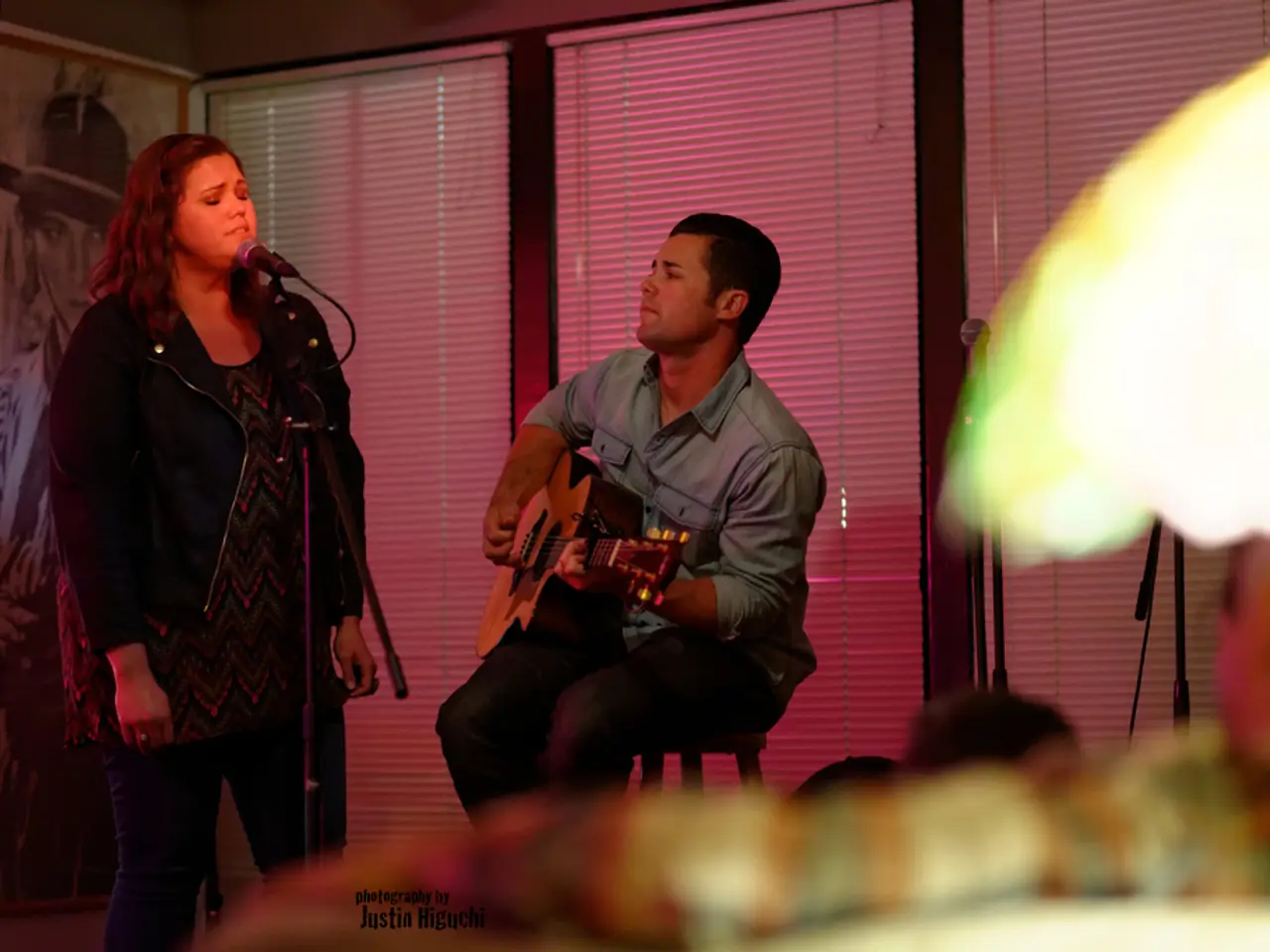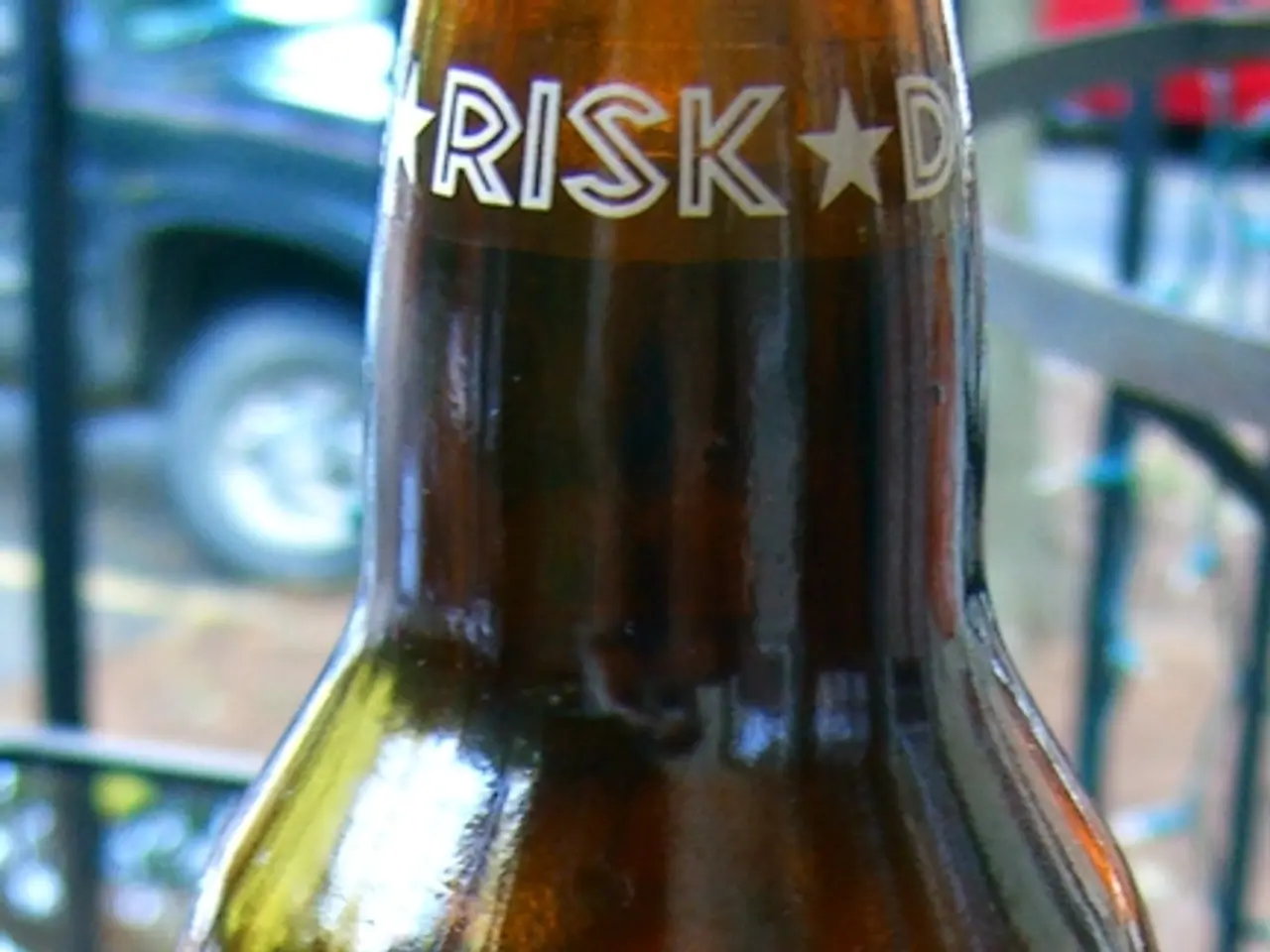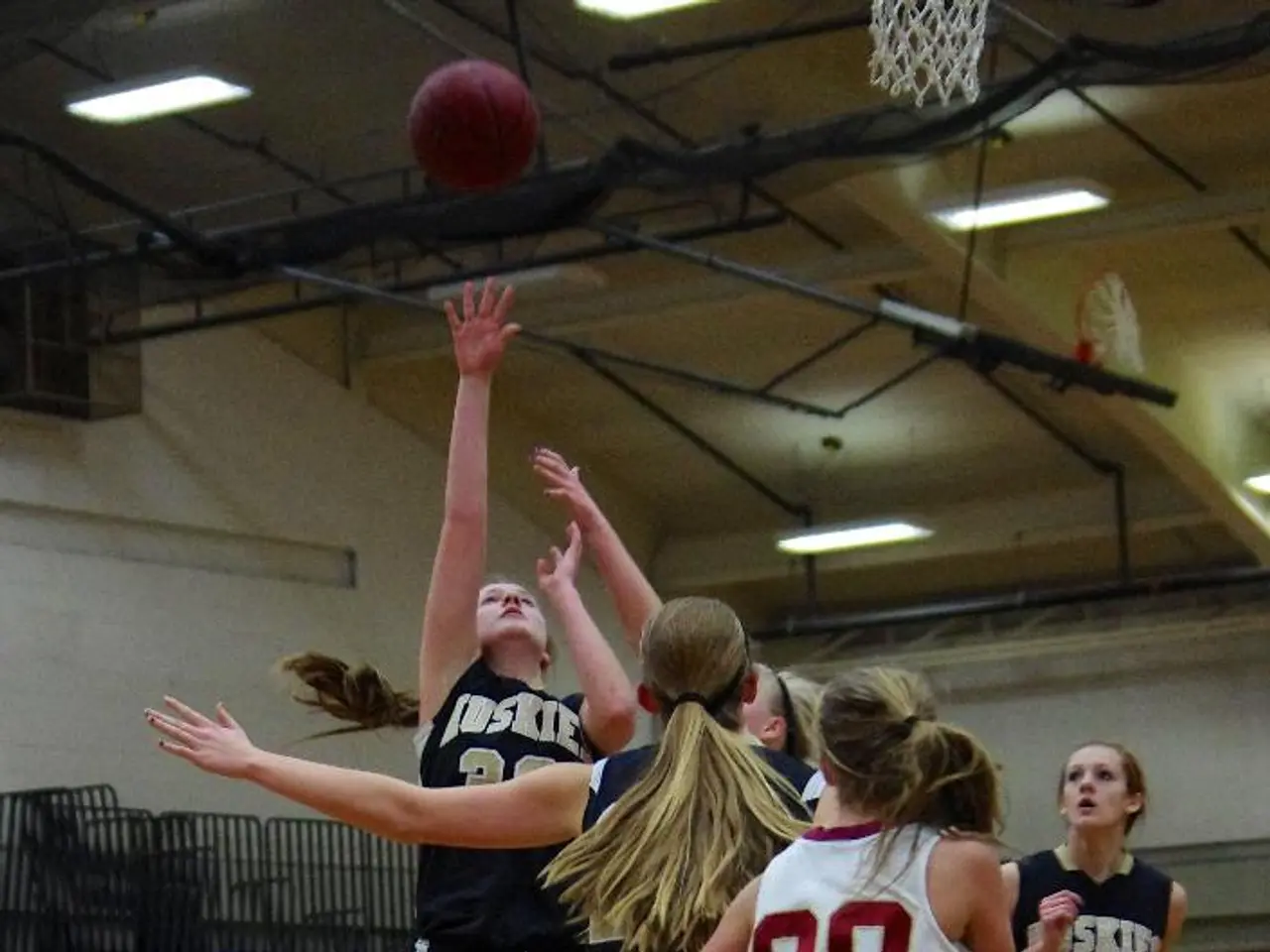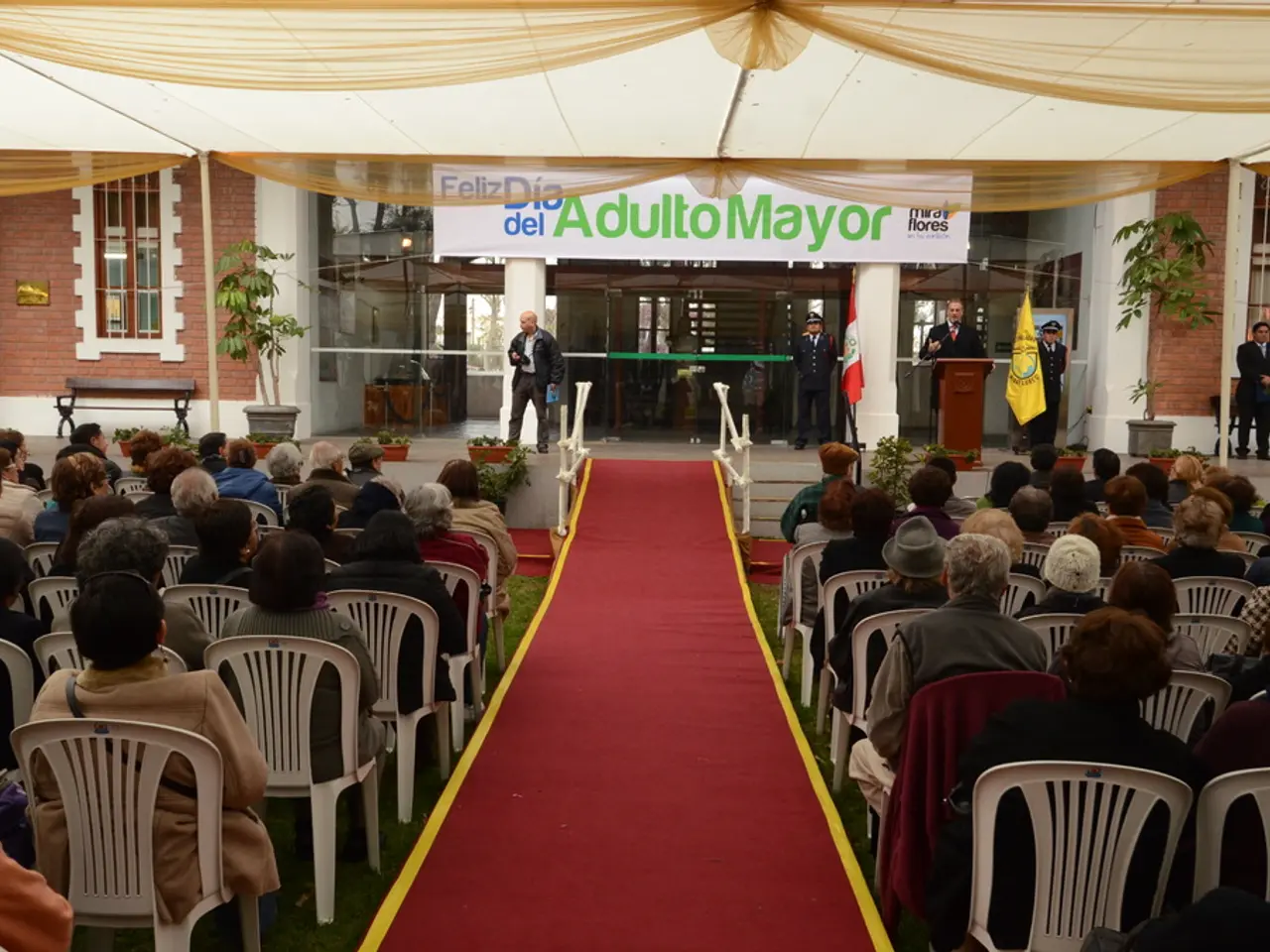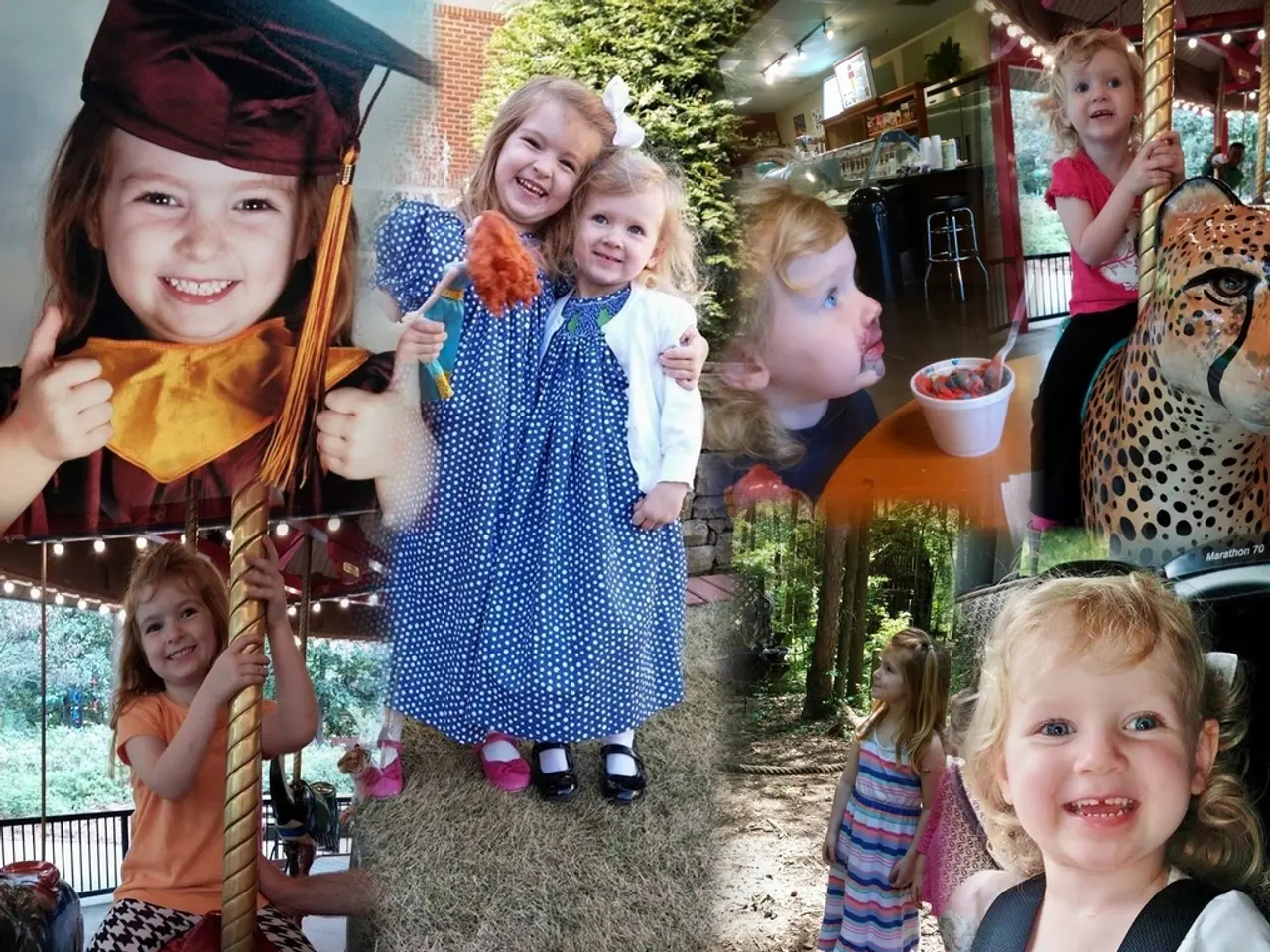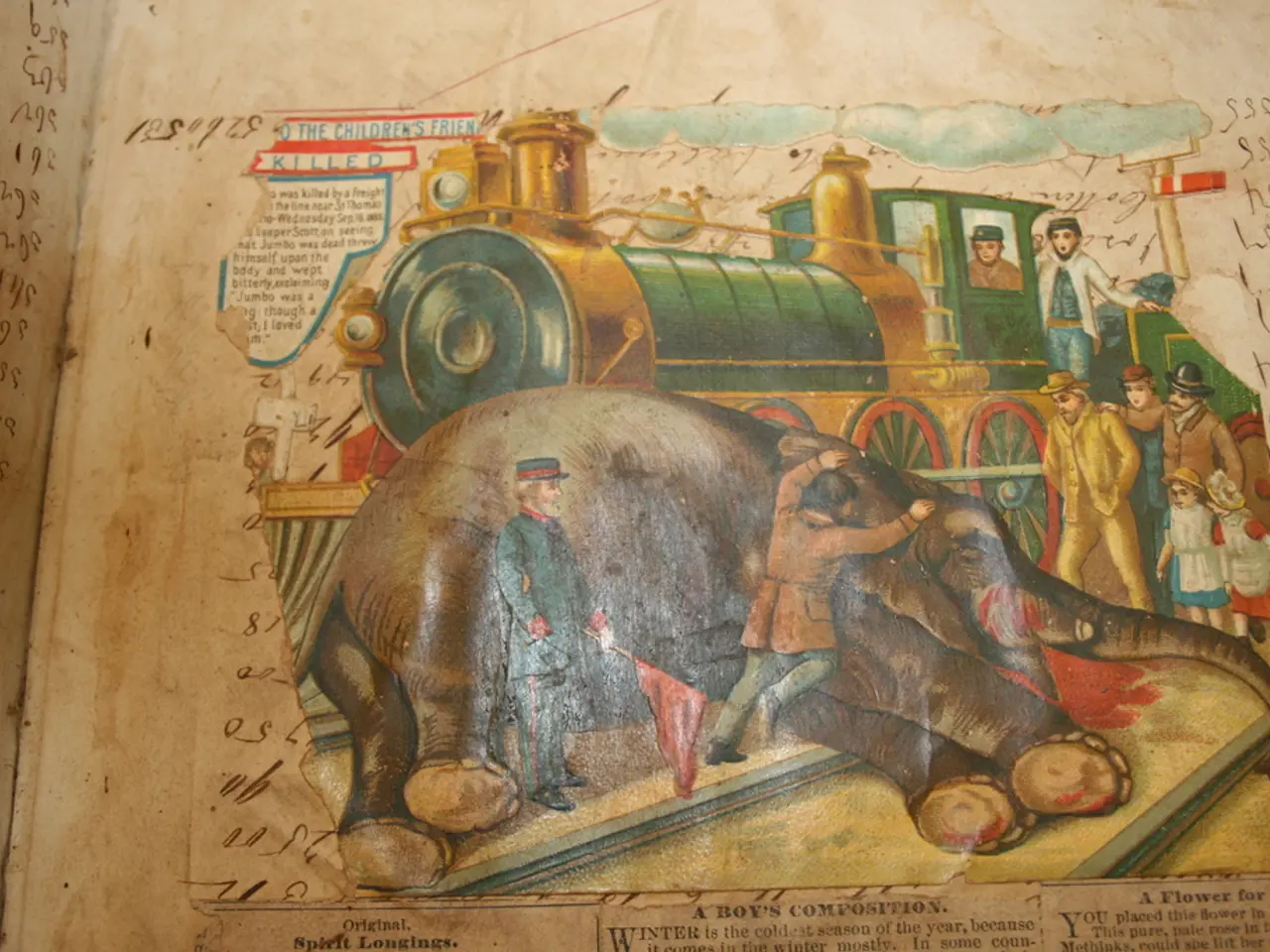Innovative filmmaking approaches in contemporary independent cinematography
Independent filmmakers are shaking up the world of cinema with their unique blend of creativity, innovation, and immersive storytelling. By combining live-action with CGI and animation, they are creating visual narratives that blur the line between reality and imagination.
One of the key techniques these filmmakers employ is the use of real, unconventional footage to shape perspective. Documentaries may incorporate police body cams, dashboard cameras, and Ring doorbells to tell a story from the community's point of view. This approach grounds the film in authentic experience and offers immersive, localized perspectives that mainstream films often overlook.
Independent filmmakers also prioritize pushing boundaries and following gut instincts rather than following commercial formulas. This can involve innovative narrative structures, experimental editing, and emphasizing specificity and detailed emotional truth over mass appeal, resulting in bold and visually engaging films.
The widespread availability of digital cameras and smartphones has democratized visual storytelling. Filmmakers like Sean Baker and Chloé Zhao have utilized lightweight digital equipment to capture natural light and intimate character moments with minimal crew and resources. This flexibility enables immersive, authentic visual styles suited to intimate, character-driven narratives.
Innovative lens usage is another technique that sets independent films apart. Although more common in higher-budget films, probe lenses capture extreme macro and close-up shots in very tight spaces, creating intense, visually detailed images that contribute to immersive storytelling. Such lens innovations allow independent filmmakers who gain access to such technology to explore new visual realms.
Practical effects, masks, digital blurring, or specific camera angles are used to create unique visual atmospheres related to themes such as anonymity and identity. Lingered motifs such as shadows, empty frames, or color grading reinforce narrative themes visually, making the film both innovative and thought-provoking.
Drones have become indispensable in independent filmmaking, offering breathtaking aerial shots and capturing expansive landscapes with ease. Another captivating method involves showcasing the same event from different characters' viewpoints, deepening the narrative and exploring themes of truth and subjectivity.
Immersive storytelling through Virtual Reality (VR) is opening new avenues for audience engagement, creating experiences that transcend traditional viewing. Modern independent filmmakers often experiment with fragmented timelines to weave intricate stories. Fragmented timelines foster a more engaging viewing experience by challenging conventional storytelling and mirroring human memory and perception.
With the advent of affordable technology, filmmakers are exploring new dimensions of creativity, pushing boundaries with techniques that redefine cinematic expression. Smartphone filmmaking is democratizing the art form by allowing filmmakers to leverage high-quality cameras in our pockets for spontaneous and intimate storytelling. Virtual Reality (VR) and digital animation empower independent filmmakers to create visually stunning works, breaking free from conventional limitations and setting new trends in cinematic storytelling.
- Independent filmmakers are known for their unique blend of creativity, innovation, and immersive storytelling, challenging conventional films with their approach.
- Documentaries by independent filmmakers often incorporate real, unconventional footage from sources like police body cams and Ring doorbells, offering immersive, localized perspectives.
- These filmmakers prioritize pushing boundaries and following gut instincts, creating bold and visually engaging films with innovative narrative structures and experimental editing.
- The widespread availability of digital cameras and smartphones like those used by Sean Baker and Chloé Zhao has democratized visual storytelling, enabling immersive, authentic visual styles.
- Innovative lens usage, such as probe lenses capturing extreme close-ups, allows independent filmmakers to explore new visual realms and contribute to immersive storytelling.
- Practical effects, masks, digital blurring, and specific camera angles are used to create unique visual atmospheres that reinforce narrative themes in independent films.
- Drones and Virtual Reality technology are increasingly becoming indispensable in independent filmmaking, offering breathtaking aerial shots, VR experiences, and exploring new avenues for audience engagement and storytelling.
